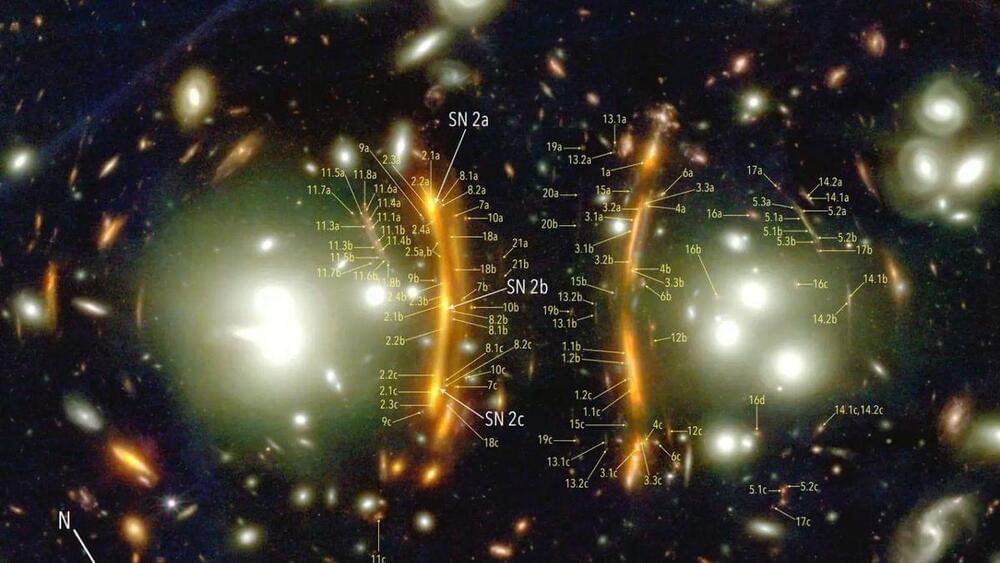The radio astronomy experiment LuSEE-Night will test technologies for radio telescopes on the far side of the moon.
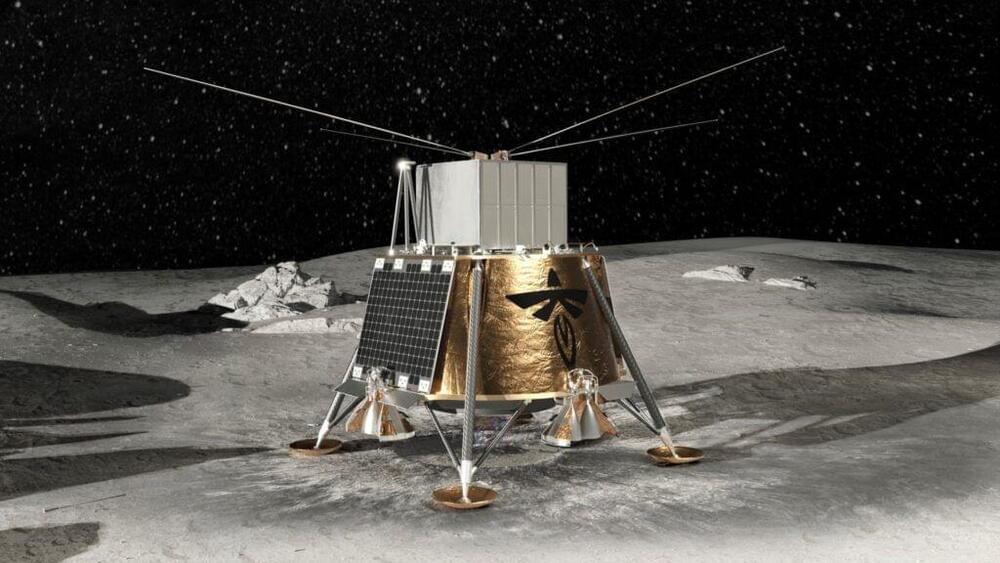

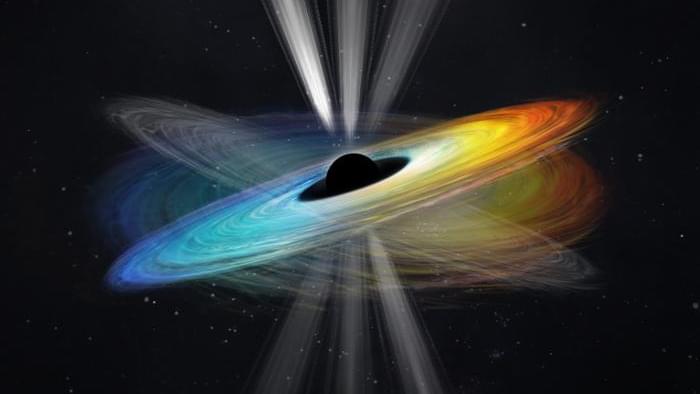
Astronomers have found the first direct evidence of a black hole spinning, and it’s confirmed Einstein’s theory of relativity yet again.
The discovery was made by studying powerful jets of energy beamed from the solar system-size black hole at the center of the neighboring Messier 87 galaxy. The black hole, called M87, is the best studied black hole to date and the first to ever be directly imaged in 2019, with its “donut hole” shadow crowned by a fuzzy halo of light.
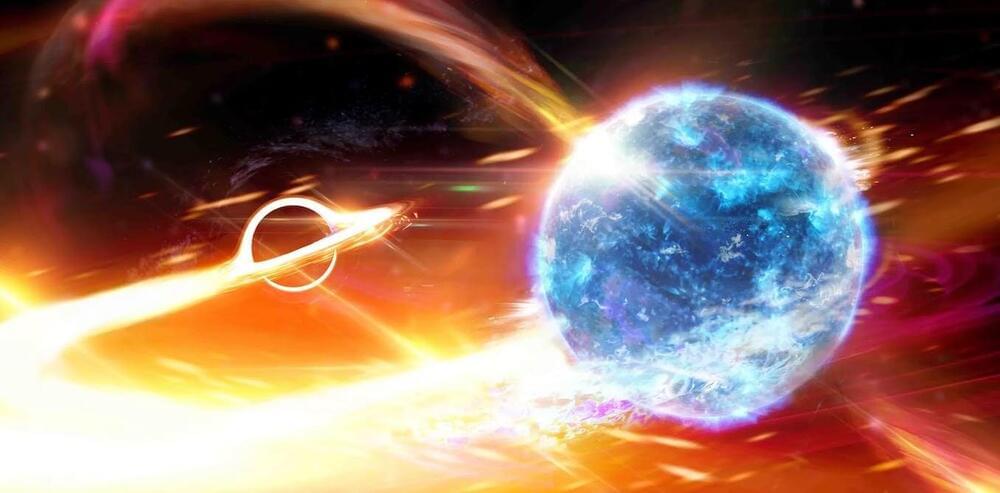
Every so often, astronomers glimpse an intense flash of radio waves from space—a flash that lasts only instants but puts out as much energy in a millisecond as the sun does in a few years. The origin of these “fast radio bursts” is one of the greatest mysteries in astronomy today.
There is no shortage of ideas to explain the cause of the bursts: a catalog of current theories shows more than 50 potential scenarios. You can take your pick from highly magnetized neutron stars, collisions of incredibly dense stars or many more extreme or exotic phenomena.
How can we figure out which theory is correct? One way is to look for more information about the bursts, using other channels: specifically, using ripples in the fabric of the universe called gravitational waves.
The LHC is back delivering collisions to the experiments after the successful leak repair in August. But instead of protons, it is now the turn of lead ion beams to collide, marking the first heavy-ion run in 5 years. Compared to previous runs, the lead nuclei will be colliding with an increased energy of 5.36 TeV per nucleon pair (compared to 5.02 TeV previously) and the collision rate has increased by a factor of 10. The primary physics goal of this run is the study of the elusive state of matter known as quark-gluon plasma, that is believed to have filled the Universe up to a millionth of a second after the Big Bang and can be recreated in the laboratory in heavy-ion collisions.
Quark-gluon plasma is a state of matter made of free quarks (particles that make up hadrons such as the proton and the neutron) and gluons (carriers of the strong interaction, which hold the quarks together inside the hadrons). In all but the most extreme conditions, quarks cannot exist individually and are bound inside hadrons. In heavy-ion collisions however, hundreds of protons and neutrons collide, forming a system with such density and temperature that the colliding nuclei melt together, and a tiny fireball of quark-gluon plasma forms, the hottest substance known to exist. Inside this fireball quarks and gluons can move around freely for a split-second, until the plasma expands and cools down, turning back into hadrons.
The ongoing heavy-ion run is expected to bring significant advances in our understanding of quark-gluon plasma. In addition to the improved parameters of the lead-ion beams, significant upgrades have been performed in the experiments that detect and analyse the collisions. ALICE, the experiment which primarily focuses on studies of quark-gluon plasma, is now using an entirely new mode of data processing storing all collisions without selection, resulting in up to 100 times more collisions being recorded per second. In addition, its track reconstruction efficiency and precision have increased due to the installation of new subsystems and upgrades of existing ones. CMS and ATLAS have also upgraded their data acquisition, reconstruction and selection infrastructure to take advantage of the increased collision rates. ATLAS has installed improved Zero Degree Calorimeters, which are critical in event selection and provide new measurement capabilities.
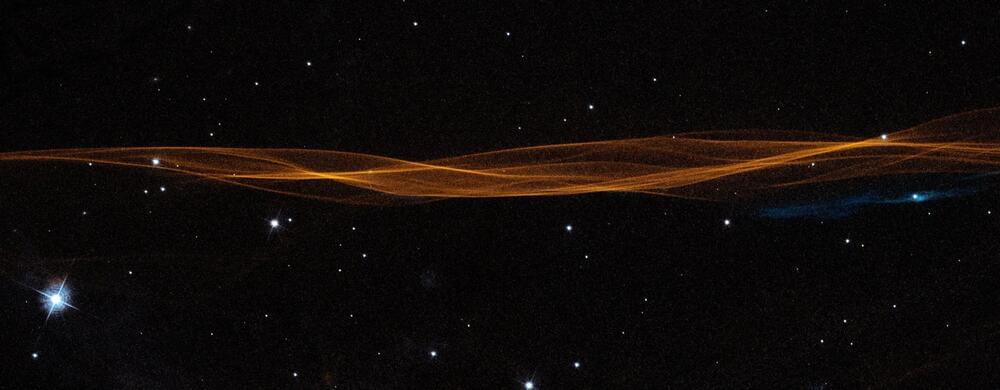
Though a doomed star exploded some 20,000 years ago, its tattered remnants continue racing into space at breakneck speeds—and NASA’s Hubble Space Telescope has caught the action.
The nebula, called the Cygnus Loop, forms a bubble-like shape that is about 120 light-years in diameter. The distance to its center is approximately 2,600 light-years. The entire nebula has a width of six full moons as seen on the sky.
Astronomers used Hubble to zoom into a very small slice of the leading edge of this expanding supernova bubble, where the supernova blast wave plows into surrounding material in space. Hubble images taken from 2001 to 2020 clearly demonstrate how the remnant’s shock front has expanded over time, and they used the crisp images to clock its speed.
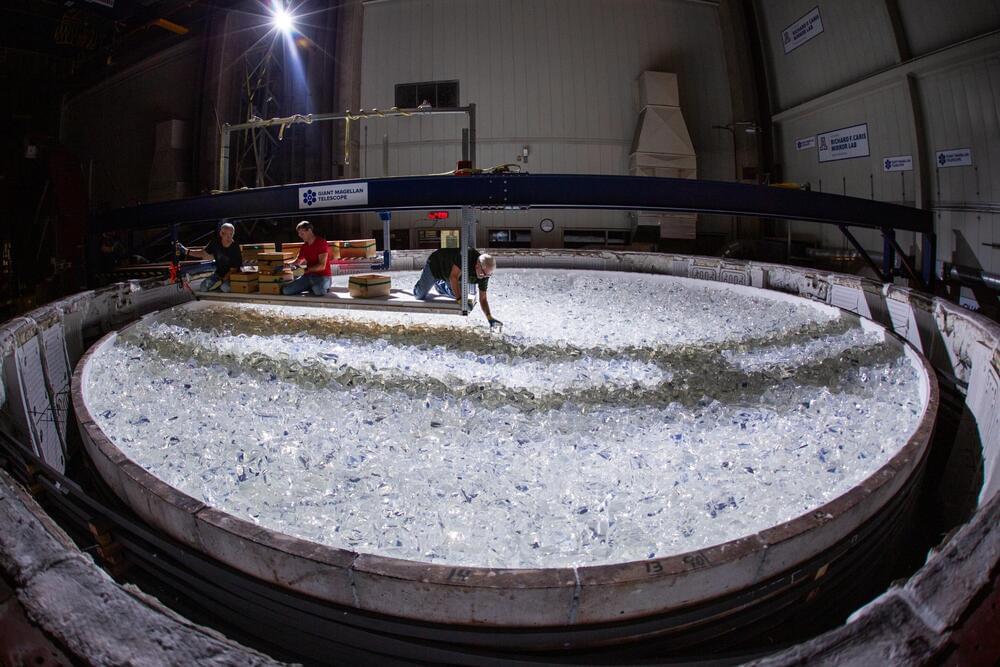
The Giant Magellan Telescope begins the four-year process to fabricate and polish its seventh and final primary mirror, the last required to complete the telescope’s 368 square meter light collecting surface, the world’s largest and most challenging optics ever produced. Together, the mirrors will collect more light than any other telescope in existence, allowing humanity to unlock the secrets of the universe by providing detailed chemical analyses of celestial objects and their origin.
Last week, the University of Arizona Richard F. Caris Mirror Lab closed the lid on nearly 20 tons of the purest optical glass inside a one-of-a-kind oven housed beneath the stands of the Arizona Wildcats Football Stadium. The spinning oven will heat the glass to 1,165°C so as it melts, it is forced outward to form the mirror’s curved paraboloid surface. Measuring 8.4-meters in diameter—about two stories tall when standing on edge—the mirror will cool over the next three months before moving into the polishing stage.
At 50 million times more powerful than the human eye, “the telescope will make history through its future discoveries,” shares Buell Jannuzi, Principal Investigator for the fabrication of the Giant Magellan Telescope primary mirror segments, Director of Steward Observatory, and Head of the Department of Astronomy at the University of Arizona. “We are thrilled to be closing in on another milestone in the fabrication of the Giant Magellan Telescope.”
Is there an 8-dimensional “engine” behind our universe? Join Marion Kerr on a fun, visually exciting journey as she explores a mysterious, highly complex structure known simply as ‘E8’–a weird, 8-dimensional mathematical object that for some, strange reason, appears to encode all of the particles and forces of our 3-dimensional universe.
Meet surfer and renowned theoretical physicist Garrett Lisi as he rides the waves and paraglides over the beautiful Hawaiian island of Maui and talks about his groundbreaking discovery about E8 relates deeply to our reality; and learn why Los Angeles based Klee Irwin and his group of research scientists believe that the universe is essentially a 3-dimensional “shadow” of this enigmatic… thing… that may exist behind the curtain of our reality.
ENJOY THE MOVIE! and SHARE IT!
Main film credits:
Host: Marion Kerr.
Written, Directed and Edited by David Jakubovic.
Director of Photography: Natt McFee.
Lead animator: Sarah Winters.
Original Music by Daniel Jakubovic.
Rerecording mixer: Patrick Giraudi.
Line Producer: Piper Norwood.
Executive producer: Klee Irwin.
Producers: David Jakubovic, Stephanie Nadanarajah.
Also starring Daniel Jakubovic as Agent Smooth.
VISIT THE QGR WEBSITE: http://www.quantumgravityresearch.org.
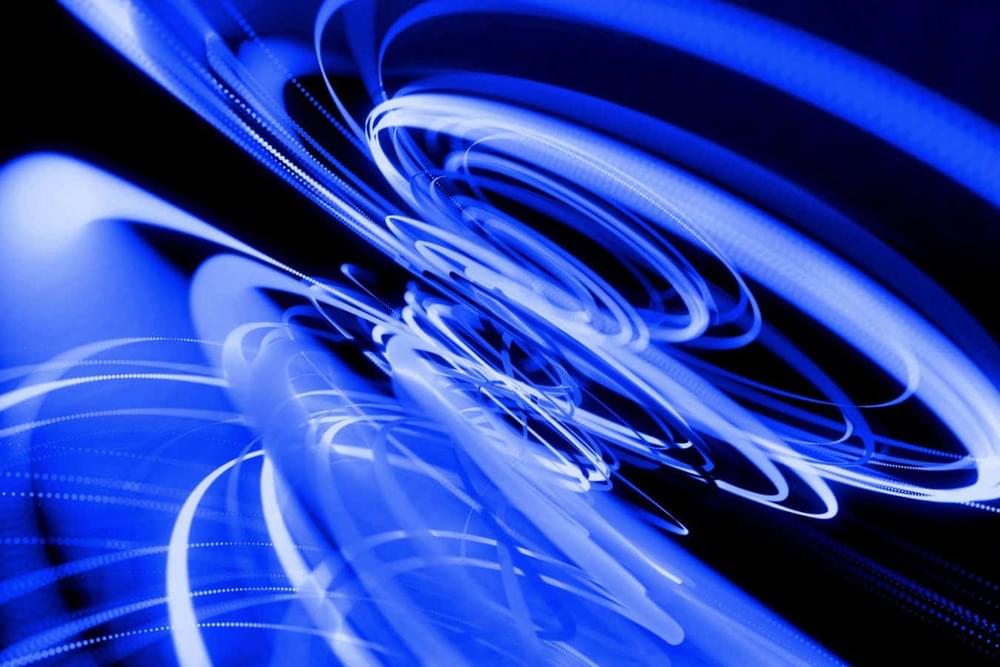
Ripples in space-time called gravitational waves are normally associated with massive objects like black holes, but we could make our own using lasers – and perhaps even use them to communicate.
By Alex Wilkins
An exploration of the idea Black Holes from Before The Universe Existed, and other black hole oddities.
My Patreon Page:
https://www.patreon.com/johnmichaelgodier.
My Event Horizon Channel:
Music:
